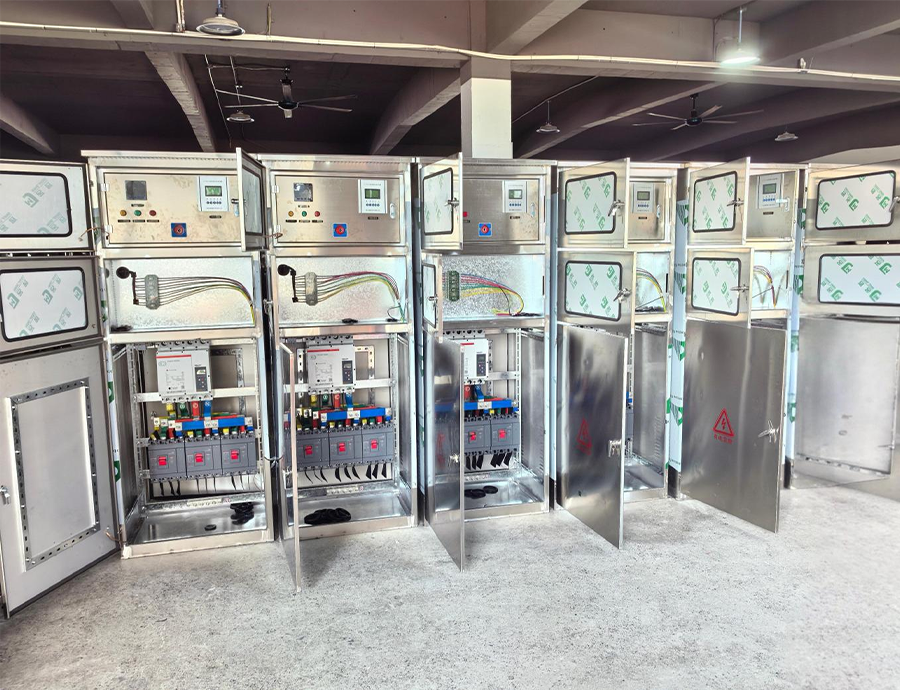
Distribution boxes are an essential component of power distribution networks, receiving externally supplied or self-generated electricity and distributing it to various locations. The following is a basic introduction to distribution boxes:
Distribution boxes primarily consist of a housing, conductive components, controls, and switches. They are typically installed in locations subject to human contact or harsh environmental conditions.
The housing of a distribution box is typically made of steel or aluminum alloy, providing protection, fireproofing, and moisture-proofing. Special treatments are also used to provide corrosion resistance and explosion-proofing.
The conductive components in a distribution box are crucial for distributing electricity from input ports to output ports. They include wires, conduits, insulators, and terminal blocks.
The controls in a distribution box, such as switches, circuit breakers, and fuses, primarily control the input and output of electricity. These controls can be operated manually or automatically to ensure the stability and safety of the power system.
The switches in a distribution box are also crucial components, controlling the opening and closing of circuits. These switches can be operated manually or automatically to ensure the proper distribution and use of electricity.
